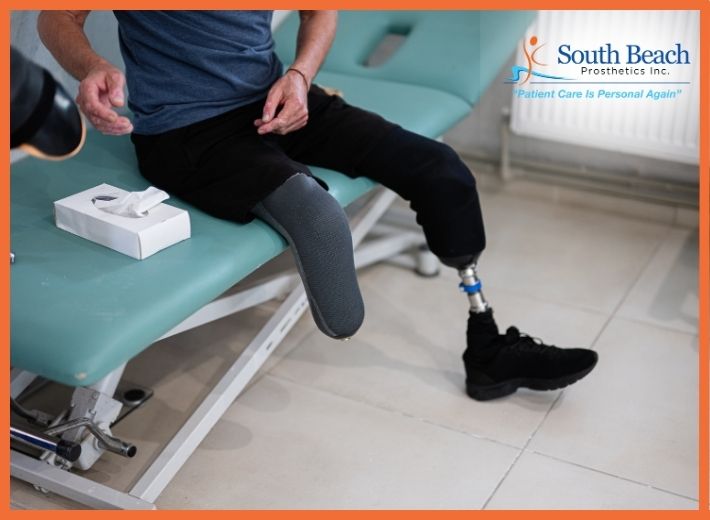The challenges amputees face, from accessibility barriers to societal biases, can make it difficult to feel truly included and valued. Building an inclusive workplace goes beyond simply providing accommodations. It requires a genuine commitment to understanding the unique experiences of individuals with disabilities and creating a culture where everyone feels empowered to contribute their talents and perspectives.
Many people with disabilities still face difficulties finding employment, despite equal employment opportunities stipulated in the Americans with Disabilities Act (ADA). Although many may get jobs, they may still face a workplace environment that doesn’t consider their needs and requirements.
However, there is change, albeit slow. And more employers are now open to feedback. If you’re looking for a new job, you may use the three points below to assess if your potential workplace is inclusive. You can also use the same points to discuss inclusivity with your current company’s HR department.
Make room for flexibility
Recent research on “internal clocks” or circadian rhythms supports the idea that not everyone runs on the same schedule. While one person might enjoy working at 8 am, another may have a medical condition or child care, so they can benefit from having more flexibility. Flexible working hours can help people balance their needs and caring responsibilities with work.
It’s important for employers not to assume that wanting to start work later or get off work early means being lazy. Everyone does their best work at different times, so it’s best to allow for flexibility where it makes sense for the business.
Furthermore, having flexibility will attract a broader range of talents into the workplace. And if employees are less stressed, they tend to stay with one employer longer.
Accessibility should be a priority, not an afterthought
When employers think ahead, everyone feels comfortable and included. Although it’s a given to ask people if they have specific accessibility requirements, making the office accessible and wheelchair-friendly so anyone can use them goes a long way.
The same principle applies to remote work. For example, using closed captions on video calls can help those who may struggle with hearing issues and employees whose first language may not be English.
Another accessibility opportunity for remote work is to record calls. This gives team members who struggle to keep up in heavy discussions or have difficulty brainstorming in a group a chance to watch or listen to the call again and provide feedback at their own pace.
Eliminate unconscious bias
Unconscious or implicit bias refers to humans’ tendency to form assumptions about someone without realizing that we’re doing it. It’s unconscious, so no one is exempt from thinking like this. However, it’s crucial to work towards becoming more aware of unconscious bias and preventing it from influencing your behavior.
Companies must raise awareness and openly communicate with employees about unconscious bias. There are training programs that tackle this issue, so it can be worth investigating getting someone to give a talk about how to avoid unconscious bias.
Other ways to avoid unconscious bias in the workplace, especially when hiring, include using blind CVs, conducting initial phone interviews, and advertising job roles in various places. These hiring practices can help attract a broader range of talented candidates, as well as help the employer make an informed decision whether someone is a good fit for the role based on their skills and experience, not their physical characteristics.
What do you think about these tips? Is there something you’d like to add to improve workplace inclusivity?
Equip your employees with the tools they need to succeed. Our high-quality prosthetics can empower individuals with disabilities to reach their full potential. Contact us today at 888-819-4721 and find your treatment for amputation. Follow us on Instagram for more tips.
Reference:[https://amputeestore.com/blogs/amputee-life/how-business-workplaces-can-create-inclusive-culture]







